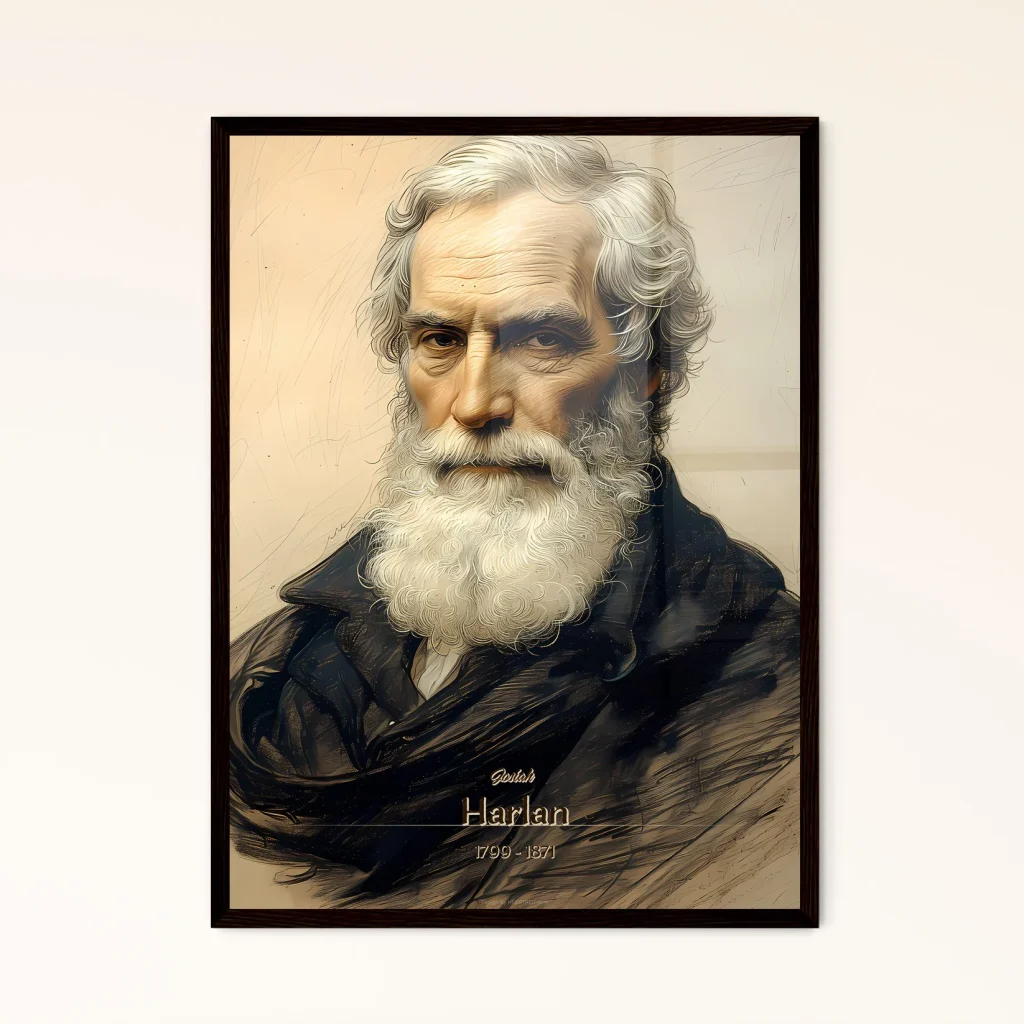CAMPBELL, WILLIAM (d. 1866), a Scotsman, who came to Lahore in September 1828 and was employed in the Sikh cavalry and given command of a regiment of 1200 horse. He soon gained the favour of Maharaja Ranjit Singh, but was dismissed from the service in August 1829 on a charge of misbehaviour towards a woman, and sent across the River Sutlej under an escort. Later, he served the Afghan rulers. He died in Kabul in 1866.
DOST MUHAMMAD KHAN. AMIR (1791-1863), ruler of Kabul and Qandahar, was the son of Painda Khan (executed 1799), the Barakzai chief. Dost Muhammad`s first engagement with the Sikhs was at Attock, the Afghan citadel, which had fallen into the hands of the Sikhs in June 1813. In the conflict which lasted three months, Dost Muhammad Khan, who himself led the attack in the battle of Haidru, 8 km from Attock, was badly mauled by the Sikh force commanded by Diwan Mohkam Chand. As a result of the fighting among the members of the Durrani and Barakzai families, Dost Muhammad finally established himself in 1823 in Kabul, Kashmir having been lost to the Sikhs in 1819.
GOBINDJAS, RAI (d. 1846) served, like his father Rai Anand Singh, as a vakilor agent of the Sikh kingdom, first at Ludhiana and then at Delhi. His despatches from Ludhiana contain reports concerning various political matters such as the Indus navigation scheme, the Ropar meeting, Alexander Burncs` mission to Kabul, the Tripartite treaty, Lord Auckland`s visit to Firozpur, and the passage of British troops across the Punjab to Kabul. He was one of Maharaja Ranjit Singh`s most wellinformed counsellors on Anglo Sikh affairs. Gobind Jas died in 1846.
GONDA, BHAI, a devoted Sikh of the time of Guru Har Rai (1630-61). He was sent to Kabul to Dreach Guru Nanak`s word and he esiabhshed there a dharamsal. According to Sarup Das Bhalla. Mnhimd Prakdsh, one day as he sat in contemplation concentrating his mind on the Guru`s feet, he fell into a trance.
Discover the incredible journey of Josiah Harlan, a 19th-century adventurer who navigated allegiance between the British, Sikhs, and Afghans.
Explore the inspiring tale of Kabul Vali Mai, a devoted woman from Kabul, and her spiritual journey under Guru Amar Das during Goindval's bdoH excavation.
Discover William Leigh's epic journey from Irish soldier to a Muslim cartographer in 1800s India, serving Maharaja Ranjit Singh with skills and intrigue.
Discover how Man Chand from Kabul embraced Guru Nanak's teachings and spread his wisdom across the region. A tale of devotion and transformation.
NIJATULLAH SHAH, SAYYID, British news writer at the Sikh capital of Lahore. Press lists of old records refer to his news diaries which give an account of the political state of affairs in the kingdom. He reports the events at Peshawar, the withdrawal of the British garrison at Jalalabad, and the return of the British army from Kabul in 1842.
Explore the intriguing journey of RATTRAY, an English soldier who switched allegiance from the Sikh army to Dost Muhammad Khan in 1836. Discover his transformation in Kabul.
- 1
- 2



